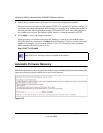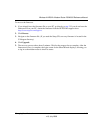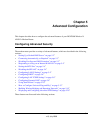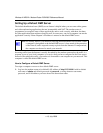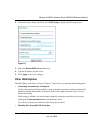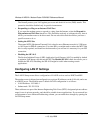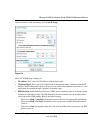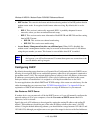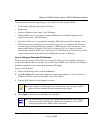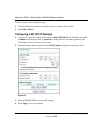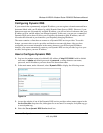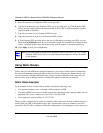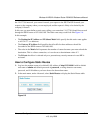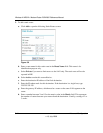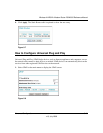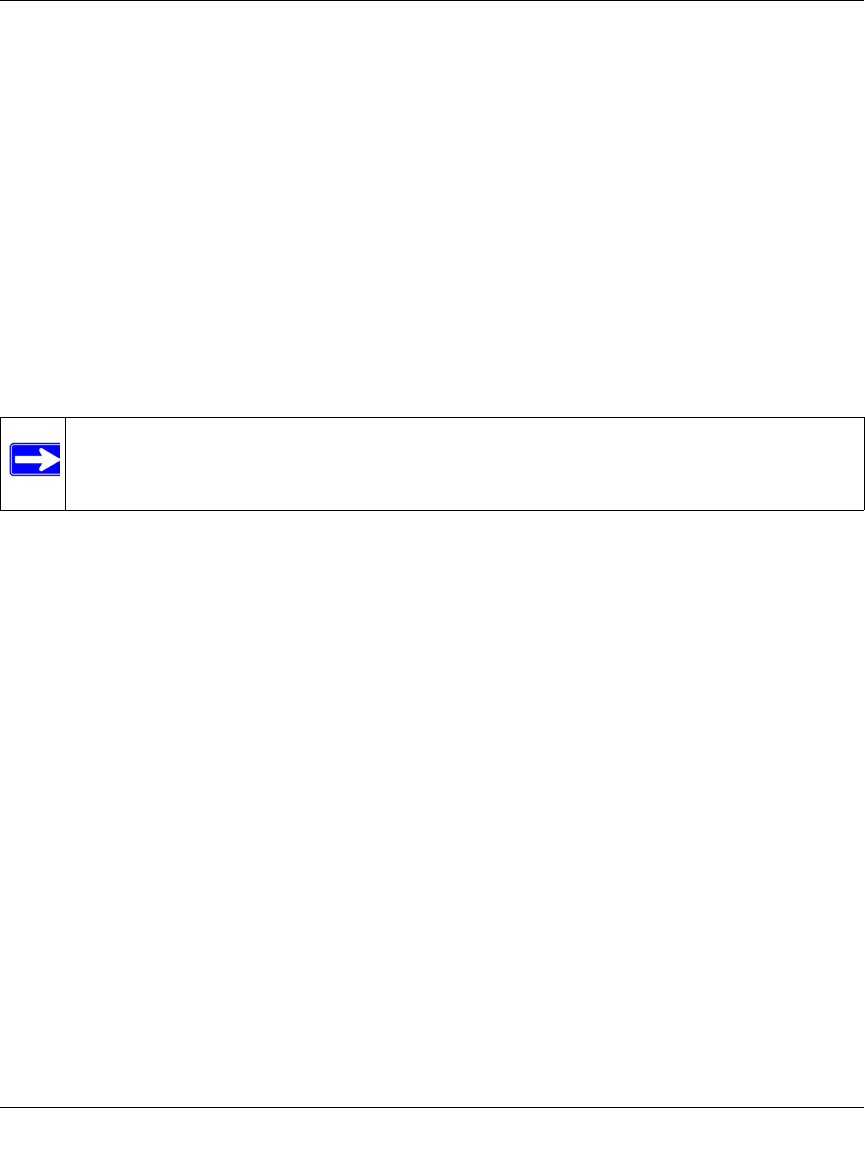
Wireless-N ADSL2+ Modem Router DGN2000 Reference Manual
5-6 Advanced Configuration
v1.0, July 2008
• RIP Version. This controls the format and the broadcasting method of the RIP packets that the
modem router sends. It recognizes both formats when receiving. By default, this is set for
RIP-1.
– RIP-1. This version is universally supported. RIP-1 is probably adequate for most
networks, unless you have an unusual network setup.
– RIP-2. This version carries more information. Both RIP-2B and RIP-2M send the routing
data in RIP-2 format.
• RIP-2B. This version uses subnet broadcasting.
• RIP-2M. This version uses multicasting.
• Access Router Management Interface on additional port. When NAT is disabled, the
modem router’s management interface may be accessed at the modem router’s LAN address
using the port number you enter. This feature is not available when NAT is enabled.
Configuring DHCP
By default, the modem router functions as a Dynamic Host Configuration Protocol (DHCP) server,
allowing it to assign IP, DNS server, and default gateway addresses to all computers connected to
the modem router’s LAN. The assigned default gateway address is the LAN address of the router.
IP addresses are assigned to the attached PCs from a pool of addresses specified in this screen.
Each pool address is tested before it is assigned to avoid duplicate addresses on the LAN.
For most applications, the default DHCP and TCP/IP settings of the router are satisfactory. See the
online document that you can access from “TCP/IP Networking Basics” in Appendix B for an
explanation of DHCP and information about how to assign IP addresses for your network.
Use Router as DHCP Server
If another device on your network will be the DHCP server, or if you will manually configure the
network settings of all of your computers, clear the Use router as DHCP server check box.
Otherwise, leave it selected.
Specify the pool of IP addresses to be assigned by setting the starting IP address and ending IP
address. These addresses should be part of the same IP address subnet as the router’s LAN IP
address. Using the default addressing scheme, you should define a range between 192.168.0.2 and
192.168.0.254, although you might want to save part of the range for devices with fixed addresses.
Note: If you change the LAN IP address of the modem router while connected through
the browser, you will be disconnected. You must then open a new connection to the
new IP address and log in again.



